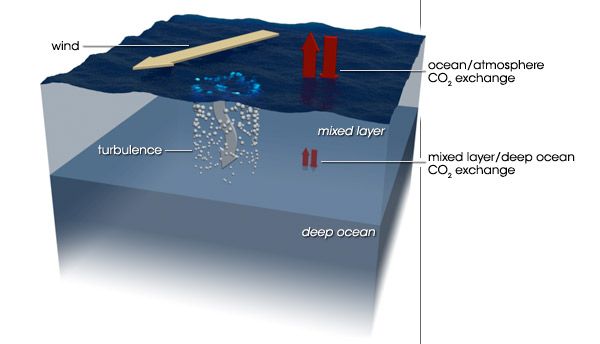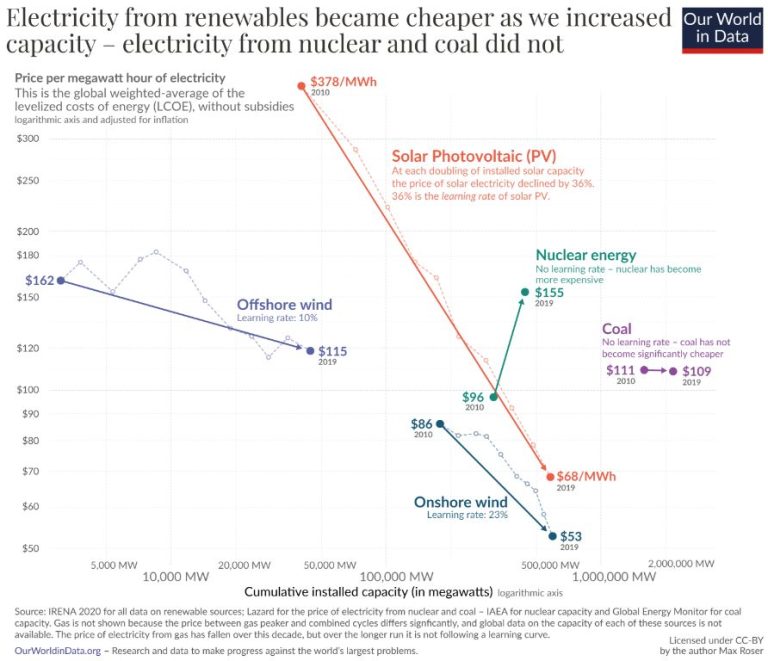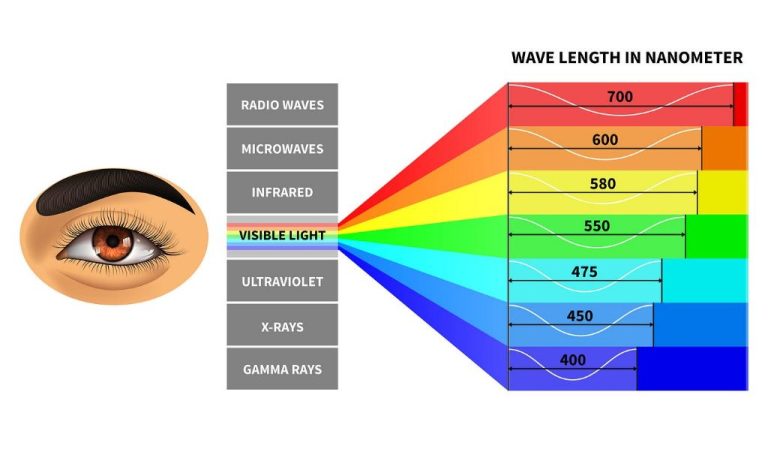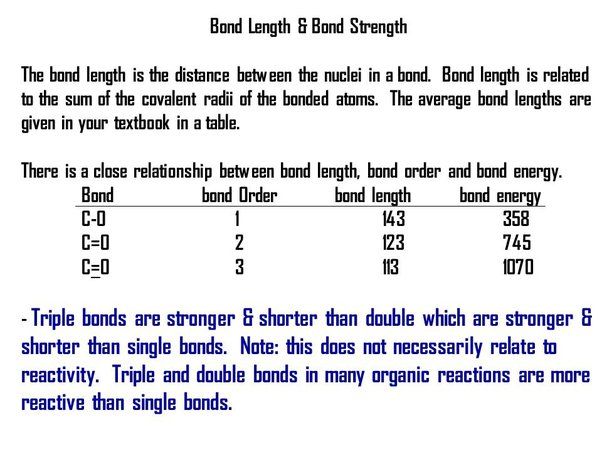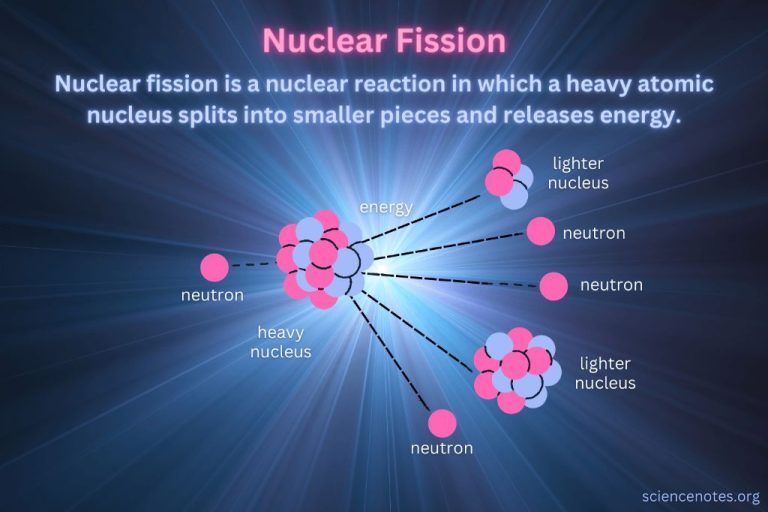What Is Stored Elastic Energy?
When a stretchy or elastic material is deformed in some way, it stores potential energy within its molecules. This energy, referred to as stored elastic energy or elastic potential energy, is waiting to be released and converted into kinetic energy.
For example, the coils of a spring store elastic potential energy when compressed or stretched. The energy is released and converted to kinetic energy when the spring recoils. Similar effects occur in elastic materials like rubber bands, stretched strings, drawn bows, and trampolines. The deformation causes an increase in the elastic potential energy, which can later be released.
Understanding the physics of stored elastic energy helps explain many everyday phenomena and has widespread applications in fields like engineering, sports, and transportation. This potential energy temporarily stored in elastic materials is an important concept in classical mechanics and the study of mechanical systems.
Potential Energy
Potential energy is the energy stored in an object due to its position or configuration. For example, a ball held in the air has potential energy due to gravity acting on its mass. When the ball is dropped, this potential energy gets converted into kinetic energy as it falls. Potential energy can also be stored in elastic materials that are deformed or compressed. An elastic material like a stretched rubber band contains potential energy that can later be released.
This stored potential energy in elastic materials is directly related to the concept of stored elastic energy. When an elastic material is deformed in some way, stretching or compressing it, it gains potential energy. This potential energy comes from the elastic forces within the material that act to return it to its original shape. More deformation leads to more stored elastic potential energy. This energy can then be released and converted into kinetic energy when the material snaps back into shape.
So in summary, stored elastic energy is a form of potential energy that arises when elastic materials are deformed. It comes from the material’s elasticity and ability to return to its original form.
Kinetic Energy
Kinetic energy is the energy of motion. An object that has motion – whether it is vertical or horizontal motion – has kinetic energy. The amount of kinetic energy depends on the object’s mass and velocity. The greater the object’s mass and velocity, the greater its kinetic energy.
Kinetic energy and stored elastic energy are closely related. Stored elastic energy refers to the potential energy stored in elastic materials that is converted into kinetic energy when released. For example, a stretched rubber band has stored elastic potential energy. When released, this potential energy converts into kinetic energy as the rubber band springs back to its original shape. The kinetic energy is what causes the rubber band to move.
This demonstrates the interconversion between potential and kinetic energy. Stored elastic energy is a form of potential energy that can convert into kinetic energy when the elastic materials change shape and release their stored energy. So stored elastic energy is directly connected to kinetic energy through this conversion process.
Conversion Between Potential and Kinetic Energy
Potential energy and kinetic energy are two forms of mechanical energy that can be converted back and forth between each other. Potential energy is stored energy based on an object’s position or shape. For example, a ball held at an elevated height has gravitational potential energy. Kinetic energy is energy of motion. When the ball is dropped, the potential energy is converted into kinetic energy as the ball accelerates downward under gravity. The kinetic energy continues increasing until the ball hits the ground and momentarily stops. At that instant, the kinetic energy is momentarily converted back into potential energy, before the ball bounces back up. This back and forth transfer between potential and kinetic energy continues until all the initial potential energy is dissipated through friction and sound.
In physics, the law of conservation of energy states that the total mechanical energy in a closed system remains constant. This means the sum of potential and kinetic energy does not change, only the conversion between the two forms. When an object’s potential energy decreases, its kinetic energy will increase by the same amount, and vice versa. Understanding this conversion is key to analyzing mechanical systems and modeling motion.
Elastic Materials
Elastic materials are those that can be deformed when a force is applied but return to their original shape once the force is removed. There are many materials that exhibit elastic behavior including springs, rubber bands, bungee cords, elastic waistbands, trampolines, slingshots, bows, and elastic polymers.
The elasticity of these materials comes from their molecular structure. Materials like springs, rubber bands, and bungee cords are made of long chain polymer molecules that are cross-linked together. When stretched, the polymer chains straighten out. But when the stretching force is released, the molecular chains recoil back to their original twisted shape, exerting a force as they try to regain their resting state. This gives them their spring-like quality.
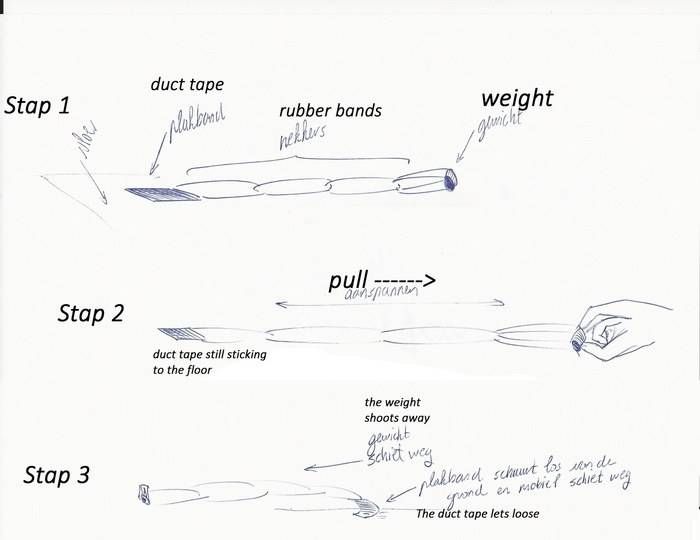
Other elastic materials like waistbands and trampolines use elastic fibers woven together. The fibers stretch when tension is applied but snap back when released. This elasticity allows these materials to endure repeated stretching and contraction cycles.
Understanding the elastic behavior of materials is key to designing objects and structures that can store energy and release it on demand in a controlled way. Elasticity gives these items their useful qualities and applications.
Storing Elastic Potential Energy
When an elastic material like a spring or rubber band is stretched or compressed, it deforms and stores potential energy. This potential energy is called elastic potential energy. The molecules and chemical bonds that make up the elastic material are like little springs connecting the atoms. When the material is deformed, these molecular springs are stretched or compressed. Stretching and compressing the molecular springs requires force and energy. The energy gets stored in the strained molecular bonds as elastic potential energy.
The amount of elastic potential energy stored depends on how far the elastic material gets deformed. The farther it is stretched or compressed, the more elastic potential energy gets stored. This gives elastic materials the ability to absorb and store significant amounts of energy when deformed by an applied force.
For example, when you pull back on a bow, the elastic bow string is stretched. As you pull it farther, more elastic potential energy gets stored in the bowed string. When you release the arrow, the stored elastic potential energy is converted into kinetic energy as the string snaps back to its relaxed shape, propelling the arrow forward.
Releasing Stored Elastic Energy
When an elastic material that has been deformed is allowed to return to its original shape, the stored potential energy is converted into kinetic energy. As the material springs back, the chemical bonds that were stretched or compressed release their energy and accelerate the atoms in the material. This acceleration of atoms and molecules results in an increase in the material’s kinetic energy. The greater the deformation, the more potential energy was stored, and thus the greater the amount of kinetic energy released as the material rebounds.
A common example is a stretched rubber band. As you stretch the rubber band, you do work against the rubber’s restorative force, storing potential energy. When you let go, the elastic potential energy converts into kinetic energy as the rubber band snaps back rapidly. The kinetic energy is what gives the rubber band the ability to spring through the air when released.
The same process applies for compressing a spring. Compressing the spring requires work against the spring’s restorative force, storing elastic potential energy. When released, the spring pushes back, converting the stored energy into kinetic energy. This kinetic energy propels the spring to expand and bounce.
Understanding this transfer between potential and kinetic energy allows us to purposefully store elastic energy and harness it in useful ways. From bungee cords to trampolines, the storage and release of elastic energy has many important applications.
Real-World Examples
Stored elastic energy is commonly seen in action through the use of springs, catapults, bows, and more. Here are some examples of how it is utilized:
Catapults: The arm of a catapult acts as an elastic material. When it is pulled down and deformed, elastic potential energy builds up. When released, the arm springs back to its original shape, converting the stored energy into kinetic energy that launches the projectile forward.
Bows: The limbs of the bow act as elastic materials. As the bow string is pulled back, the limbs are deformed and elastic potential energy is stored. When released, the limbs snap back to their original shape, converting the energy into kinetic energy that propels the arrow.
Springs: Coiled springs are compressed or stretched to store elastic potential energy. This energy can then be released to power toys, launch projectiles, open doors, move grippers or claws, and much more. From jack-in-the-boxes to pogo sticks, springs harness stored elastic energy.
Mousetraps: The spring arm on a mousetrap is bent back to store elastic energy. When released by a mouse, the arm springs back to its original shape with kinetic energy that slams the bar down.
Rubber bands: Stretching a rubber band deforms the elastic polymers, storing energy. Allowing the rubber band to snap back releases this energy to fire rubber band guns or power model airplanes.
Importance and Applications
Stored elastic energy plays a crucial role in our everyday lives. Here are some of the key ways we utilize it:
-
Batteries and Springs – Devices like batteries, springs, and rubber bands rely on stored elastic energy. As these items are compressed or twisted, they store mechanical energy that can later be released to power mechanical devices.
-
Bio-mechanics – Our bodies contain tendons, ligaments, and muscle fibers that can stretch and store elastic energy. This allows efficient energy storage and recoil, like in a kangaroo’s hop.
-
Structures – Buildings and bridges use pre-stressed concrete and structural steel to store elastic energy. This strengthens the structures against external forces like wind or earthquakes.
-
Power Generation – Some power plants convert kinetic water energy into stored elastic energy and back to kinetic to generate electricity.
-
Transport – Hybrid cars use regenerative braking to charge batteries by converting motion into stored energy.
By understanding elastic energy storage on a molecular level, we can design better devices and mechanisms that take advantage of this phenomenon.
Conclusion
In summary, stored elastic energy refers to the potential energy that is temporarily stored in elastic materials as they are deformed. This energy can then be released to create kinetic energy as the object returns to its original shape. Understanding this concept is key for designing structures and devices that utilize elastic materials to store and release energy in useful ways.
We covered how elastic potential energy results from the microscopic bonds between atoms in materials being stretched or compressed. Materials like springs, rubber bands, and bows are able to temporarily store this elastic potential energy. The amount of energy stored depends on the material’s elastic properties and how far it is deformed. This energy can then be released to accelerate an object attached to the elastic material.
Stored elastic energy plays an important role in many everyday devices and natural processes. Examples include bungee cords, slingshots, trampolines, and biological processes like tendons storing energy in muscles. Knowing how to harness elastic materials to store and release energy has enabled many useful applications and technologies.
In summary, the temporary storage and release of energy in elastic materials is a key physics concept underlying the functionality of many common devices and structures. Understanding stored elastic energy provides insight into improving designs to more effectively store potential energy and convert it into kinetic energy.

